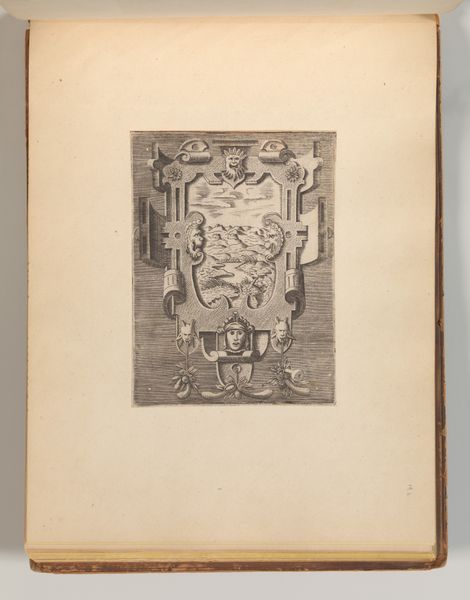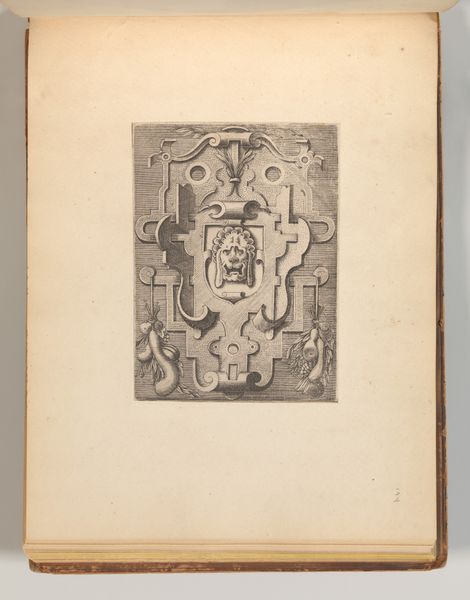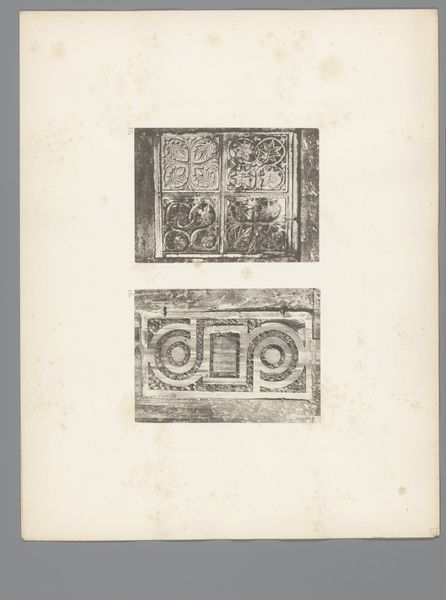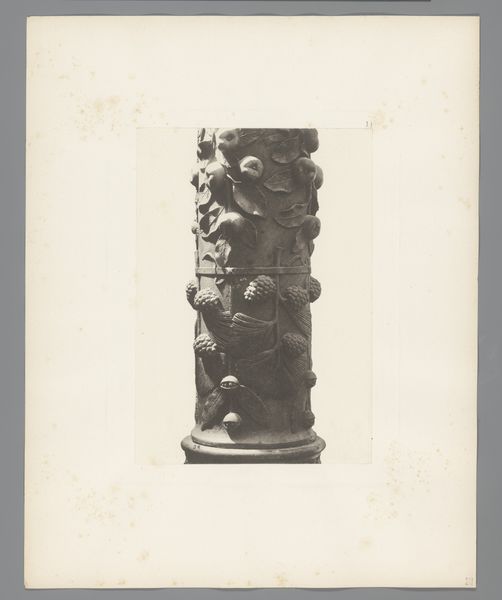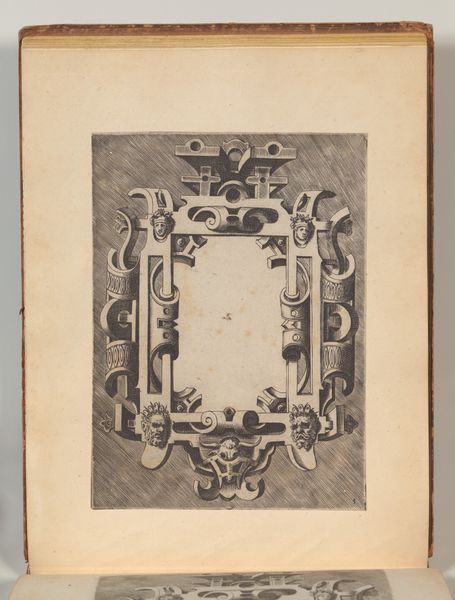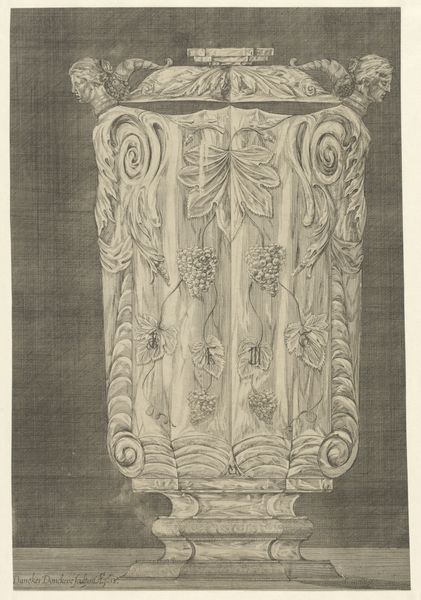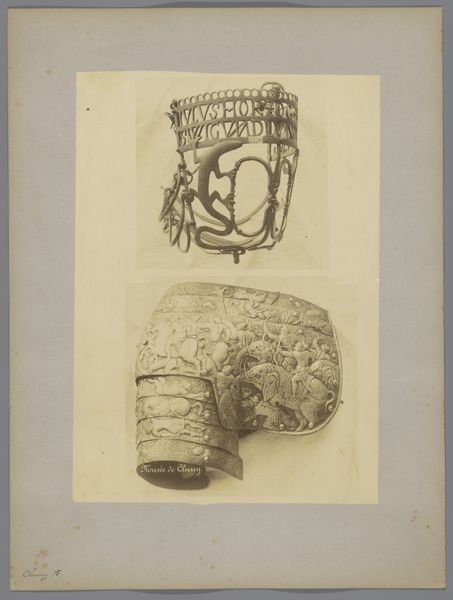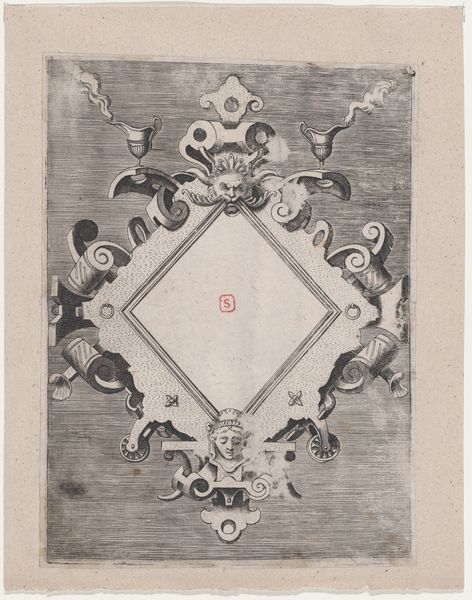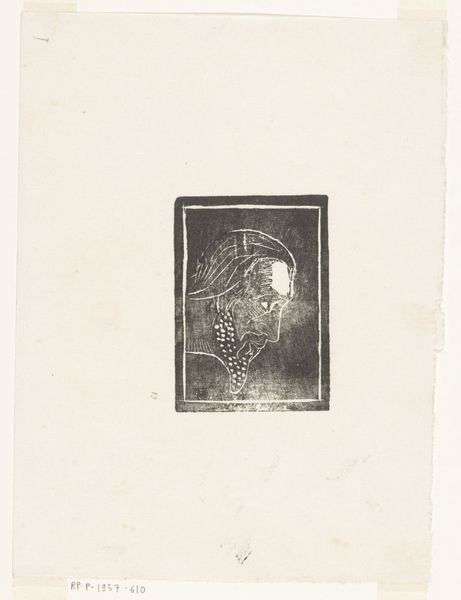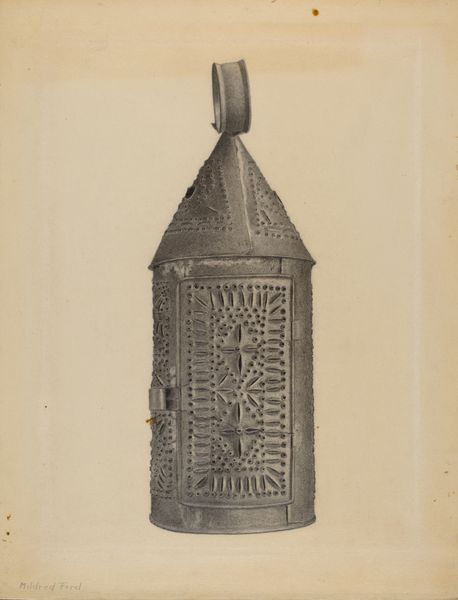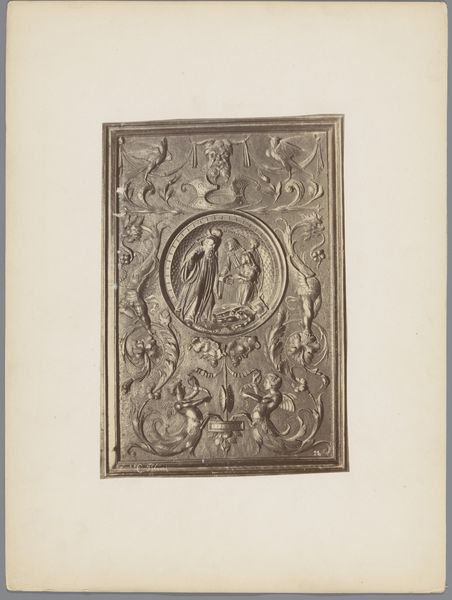
print, mezzotint, engraving
#
neoclacissism
# print
#
classical-realism
#
form
#
coloured pencil
#
geometric
#
mezzotint
#
line
#
history-painting
#
academic-art
#
engraving
#
realism
Dimensions: 260 mm (height) x 184 mm (width) (plademaal)
Editor: This print, “Antikt arkitekturfragment” by Oluf Olufsen Bagge, made sometime between 1780 and 1836, feels very formal. It’s a detailed rendering of what looks like a fragment of ancient architecture. All the geometric shapes and realistic figures carved on it… How do you interpret this work? Curator: What I see here is an articulation of power structures. This fragment, meticulously rendered, points to Neoclassicism's obsession with antiquity, specifically Roman antiquity, and its use as a visual language for asserting authority. Think about the political context: this was a time of revolution, of questioning established orders, yet Neoclassicism, with its supposed values of order, rationality, and virtue, was used to justify new forms of control. Do you notice how the detailed carving could even act as a metaphor of power inscribed on the very material of the city, projecting an exclusive version of culture? Editor: That's interesting. I hadn’t thought about it in terms of political power. I was more focused on the idealized beauty and realism within. Curator: The beauty and realism are strategic. The classical style becomes a tool for promoting an image of a glorious past. Think about who had access to this image, and what messages they were likely to absorb about civic virtue and social order. It reflects the desire to establish a cultural pedigree through identification with classical ideals, even if this ignores other parts of society or imposes itself over other histories and identities. What are your thoughts on that tension? Editor: I see your point. This print isn't just about appreciating art; it's about solidifying a certain societal perspective, ignoring, or even oppressing other voices in society at that moment. I’ll definitely look at art with more of a social eye now. Curator: Excellent! Questioning what histories are being told—and, just as importantly, what histories are being silenced—is fundamental to understanding not only this piece but art's role in shaping society more broadly.
Comments
No comments
Be the first to comment and join the conversation on the ultimate creative platform.

